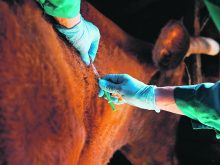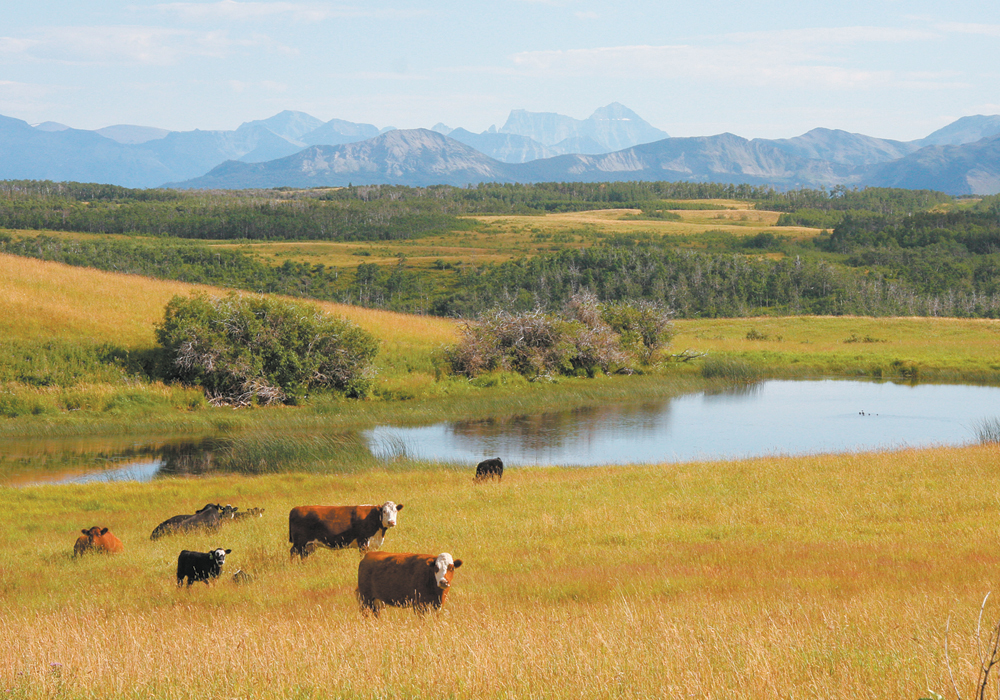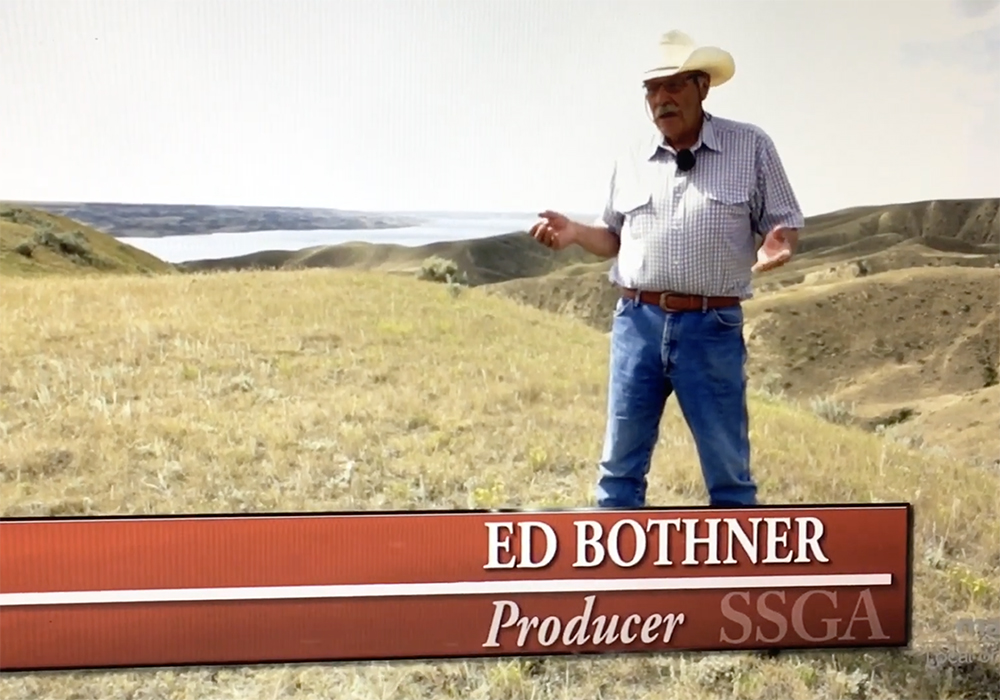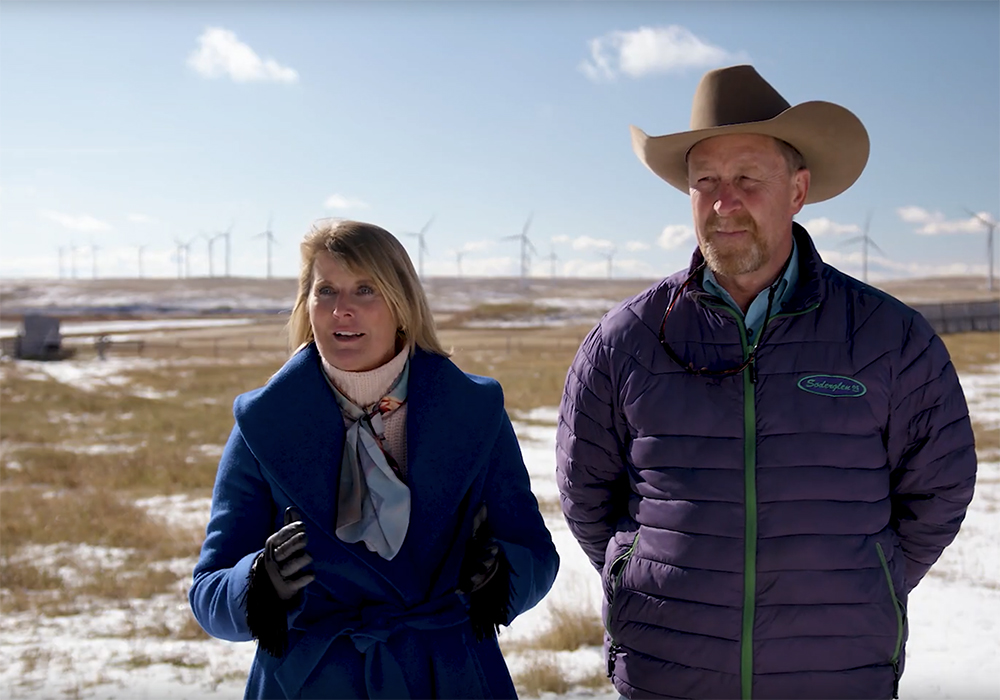Producers struggle to convince consumers that their work not only produces food but also has environmental benefits
The hundreds of cattle on Ryan Canart’s backgrounding operation have helped him rebuild the soil, improve the local water table, preserve natural habitat and boost biodiversity.
For him, it’s achieving a goal he set years ago.
“When I came out of university, I wanted to do a practice that maximizes the productivity and health of the ecosystem,” said Canart, who farms near the Trans-Canada Highway in Manitoba, near the Saskatchewan border.
He employs high intensity grazing and short duration grazing as part of a rotational strategy. It’s nothing that would surprise other cattle producers.
Read Also
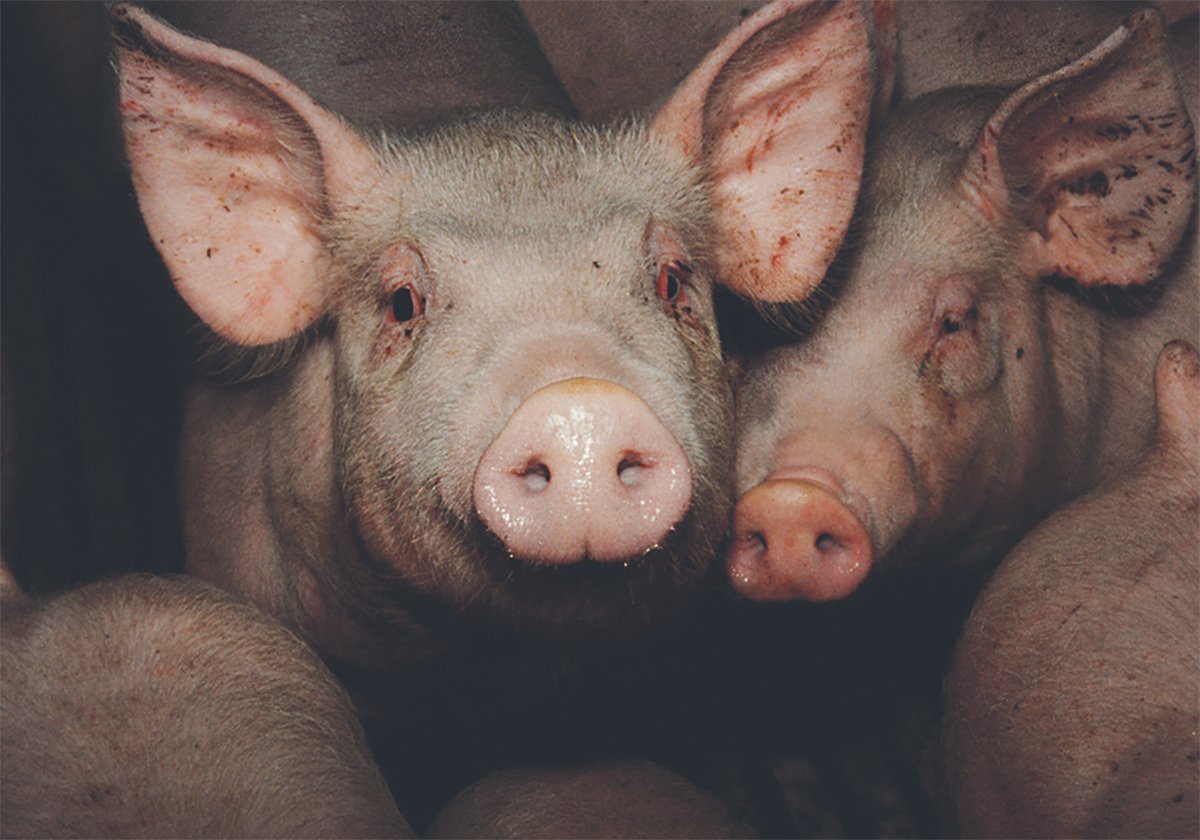
The Western Producer Livestock Report – October 30, 2025
Western Producer Livestock Report for October 30, 2025. See U.S. & Canadian hog prices, Canadian bison & lamb market data and sales insights.
The positive effects he’s seen on forage growth and for local water quality, wildlife and biodiversity didn’t surprise the hundreds of people attending the Manitoba Association of Watersheds conference in Winnipeg.
Those people included municipal officials, watershed district staff, water and land management professionals, tradespeople, manufacturers and many farmers.
Among those managing local natural water systems, preserving existing grasslands and pastures as a way to protect soil while allowing rain and melt water to pass through to local water tables is hardly controversial. To achieve that, the land generally must be used for grazing cattle, which enables the animals to improve grasslands with their manure, hoofs and teeth.
But outside halls like this, the positive function of cattle in protecting vulnerable ecosystems is less well understood. Cattle are commonly excoriated in climate change discussions, accused of being responsible for emitting vast amounts of greenhouse gases, of destroying vulnerable soils, of eradicating biodiversity and of impoverishing poor people in the developing world.
The gulf in understanding the role of grazing cattle between those managing watersheds and those most influential in climate change discussions has been difficult to bridge, a situation that vexes many, including Canart.
“I don’t know how you deal with that,” he said in an interview.
“People need to take an interest, think through their decisions. When you consider the whole lifecycle, cattle need grasslands, grasslands are good for water infiltration, habitat, biodiversity. I don’t know how to get that message across to the urban majority.”
People involved in the practical management of environments such as watersheds and farms have attempted to develop messages about holistic farming that urbanites can understand.
“It’s not the cow, it’s the how,” said Ananda Fitzsimmons, long-time environmentalist and head of Regeneration Canada.
Certain types of livestock production done poorly can be bad for the environment, she said. Feedlots can be hard to defend if they are having negative impacts on the local environment.
Overgrazing is a major problem in many parts of the world, causing the desertification problems that are destroying much arable land and vulnerable soils needed for humans, wildlife and wilderness. But that doesn’t mean cattle and other grazing animals can’t be used as key elements of sustainable farming systems.
“The way we manage grazing is really important,” said Fitzsimmons in an interview.
“Maybe we don’t have enough area on the planet for everybody to eat meat as often as North Americans eat meat. Maybe we need to eat less meat. But we can’t take away the animals because they’re such a critical part of the ecosystem.”
Fitzsimmons was the keynote speaker for the conference and she found a ready audience for her message that humanity “can’t avoid the climate crisis without restoring nature.”
But a few farmers during the conference expressed frustration that her balanced understanding of how grasslands and ruminants help preserve natural systems doesn’t get out far into the public, or to other environmentalists.
For Canart, preserving and building the grasslands he manages is a personal passion, but he wished more people outside of agriculture and watershed management could see cattle on grass as part of the climate solution rather than only as a cause of the problems.
“Grasslands aren’t as sexy as mountains and forests and rivers, but they do definitely play a vital role,” said Canart.






